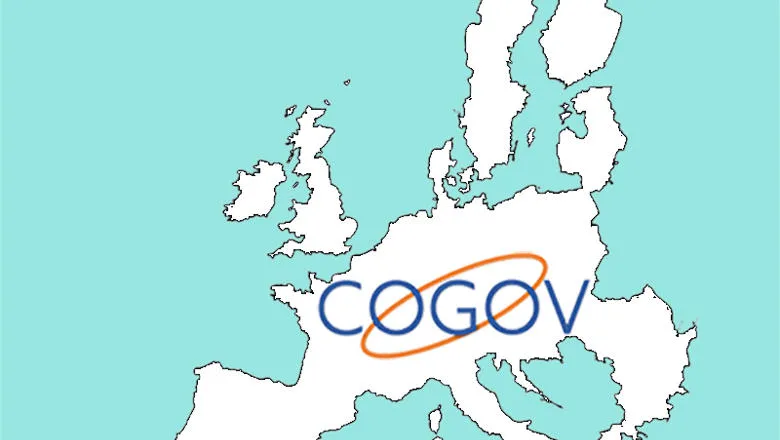16 June 2020
Strategic Renewal of European Public Administrations
Brittney Regal, PhD student and Research Assistant for CoGov and Ewan Ferlie, Professor of Public Services Management
The Co-Gov project explores how best to engage citizens in co-creating & producing public services

2019 was marked by mass movements like the Women’s March, Extinction Rebellion, Black Lives Matter and the Umbrella Protests, prompting UN Secretary General António Geterres’s reflection that ‘there is a growing deficit of trust between people and political establishments’ (Vox 2019). 2020 began with a pause button as the Covid-19 pandemic has forced most countries into some form of lockdown. Life has massively and rapidly changed as citizens, politicians, and public service workers now face a world that may feel strange and unfamiliar.
To address this growing trust deficit, some political leaders have engaged citizens in new forms of dialogue. In the United States Representative Alexandria Cortez livestreams on Instagram about key issues, while more recently Prime Minister Jacinda Ardern has begun providing Facebook Live coronavirus updates in New Zealand. These novel forms of interaction address access barriers that feel evermore pertinent as difficult decisions are constantly being made regarding economies, personal freedoms, and public service access. We are told to put our trust in governments to protect public health. And so, while faith in our governments is critical, in many countries it is in short supply given their responses and lack of transparency.
Public service workers are also responding to Covid-19 alongside ongoing wicked problems like persistent poverty and social mobility. In many cases, they - like politicians - are challenged by a trust gap centred around the belief that public institutions are for the elite. In response, public service organisations have increasingly begun moving towards bottom-up ways of working. CoGov, an EU Horizon 2020 project, examines models of strategic management that may help public service organizations overcome barriers to two ways of bottom-up working: co-creation and co-production.
Co-creation and co-production are potentially powerful tools. And while they have varied definitions across both academic and practitioner literatures, both are based on the intent to include citizens and or civil society in the design, governance, or delivery of public services. They arguably help to decrease the democratic deficit as they can -when done successfully- empower citizens through the exchange of resources and ideas.
This blog summarises preliminary results from 15 cases that explored instances of bottom-up ways of working -including co-creation and co-production- and their relationship to models of government and strategic management. These cases were based in 7 countries (Croatia, Denmark, France, England, Wales, Netherlands, and Slovenia) and multiple policy sectors.
Very preliminary analysis suggested that there was limited or variable co-creation or co-production. In many cases this was the result of key barriers such as time, capacity, resources, organizational structure, competing viewpoints, lack of training or hardened mindsets. The more successful instances of co-creation and co-production occurred when there was a mixture of more formal and informal approaches to strategic management. However, one case currently deemed successful used two softer approaches of strategic management.
Across all cases we studied Strategic Design and Planning was the most common approach to strategic management. Strategic Design is generally based around formal organizational structures and is normally led by senior managers and their advisers with middle management as implementers. There is also a written and official strategic plan which is data informed. Strategic Planning is defined by long-term projections and plans, planning processes, and specialist planning staff.
Yet this approach was complemented by a much broader array of approaches such as Strategy as Practice, Minztbergian Strategy, and Cultural School. Strategy as Practice and Minztbergian Strategy are more informal approaches. Mintzbergian Strategy is characterized by a more flexible approach as new perspectives and opportunities emerge, rather than rigid adherence to a long-term plan, while ‘Strategy as Practice’ incorporates middle managers, consultants, and boundary-spanning individuals in the process so that strategy-making is more collective, bottom-up or dispersed. The emphasis of ‘Cultural School’ strategy making is the organizational culture. It also includes a greater focus on emotional needs, collectivism, strong values, and high commitment.
Our next step will be to identify the cases which most effectively deployed bottom-up processes through the incorporation of civil society or citizens in the design, delivery, or governance of public services. We will then look for any patterns of ‘promising’ practices associated with successful instances of co-production or co-creation. We hope our final findings will support public agencies across Europe which seek to make a strategic shift towards bottom-up approaches in their relationships with citizens and civil society. This may, in turn, address the trust gap which has developed as citizens feel more empowered.


